Fossil of an extinct crab discovered in a pillar at Tokyo Station
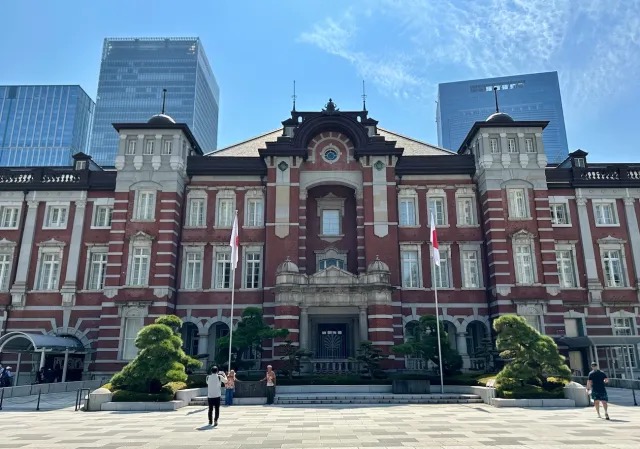
A fascinating link to the city’s ancient past…if you know where to find it.
Tokyo Station is a major railway hub filled with crowds of commuters but it’s also a beautiful work of architecture with links to the past in the ground…and in its walls.
Not a lot of people know about the secrets hiding at the station — even our reporter Masanuki Sunakoma didn’t know about all of them, until a friend of his brought it to his attention the other day. According to his friend, a fossil was recently found in one of the station’s walls, and while it looks like a crab it’s actually an ancestor of the crab that became extinct about 30 million years ago.
Upon hearing that, Masanuki was keen to see it for himself, so he headed out to Tokyo Station to find it. He started his quest at the Marunouchi South Exit, which has a beautiful domed interior.
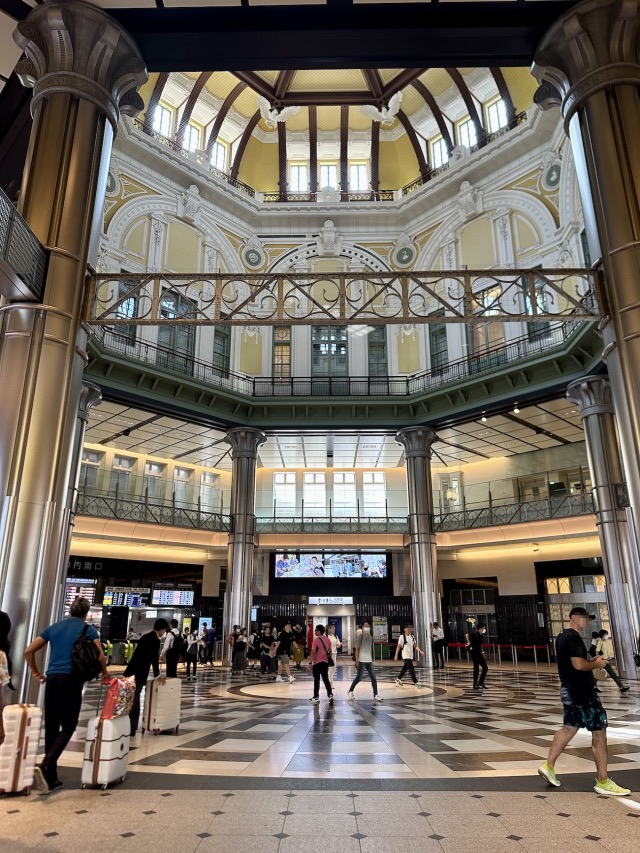
When you visit here, your eyes might naturally rise up to admire the dome, but you should also take a moment to look at the ground near the ticket office, where you’ll find this mysterious marker.
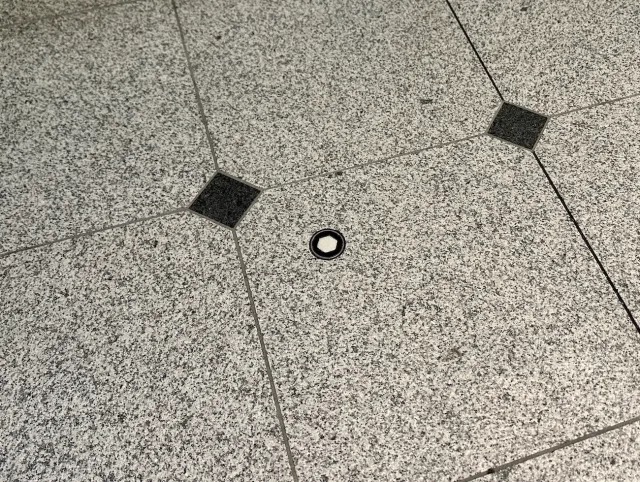
A plaque in Japanese beside the mark reveals that this is the site where Prime Minister Hara Takashi was attacked on 4 November 4, 1921. Prime Minister Hara was stabbed in the right side of his chest with a dagger and was treated at the station master’s office, but it’s said that he died almost instantly.
▼ This marker has been embedded in the floor to mark the site of the incident.
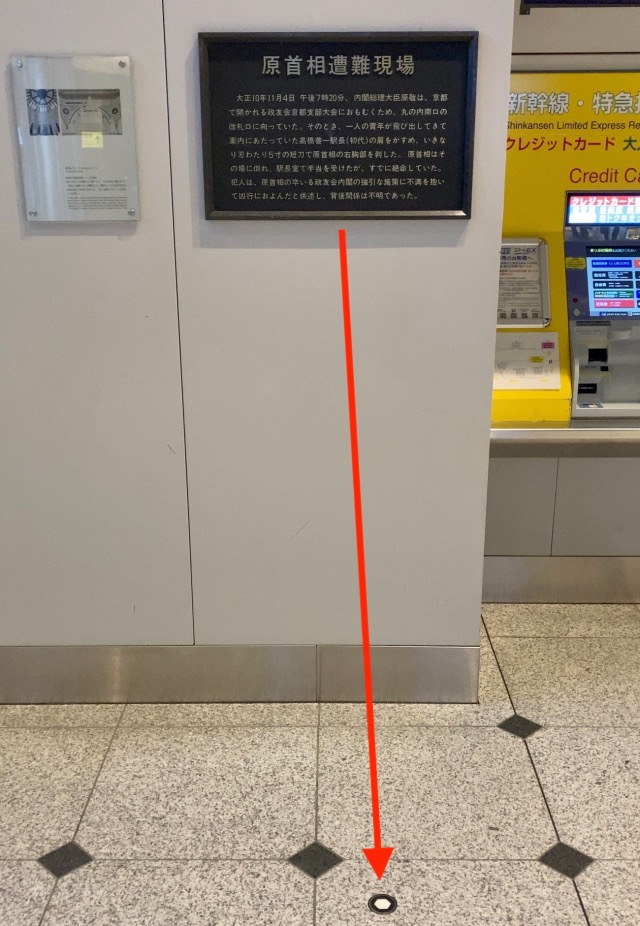
Masanuki’s next step was to head to the Shinkansen North Transfer area, where another marker can be found on the floor just before a short flight of stairs. This is the site where Prime Minister Hamaguchi Osachi was shot on 14 November 1930. While he survived the attack, he died from complications related to his injury the following year.
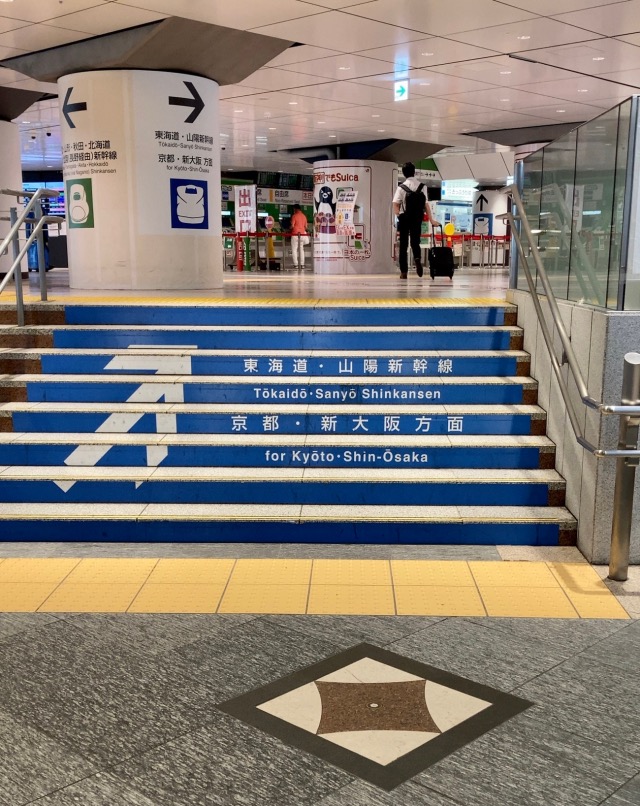
From here, it’s not too far to the fossilised crab — simply go up the short stairs pictured above and then down the short stairs at the Shinkansen South Exit area. According to Masanuki’s friend, once you see “Ecute Tokyo” in front of you (brown sign, below), you’re in the right area.
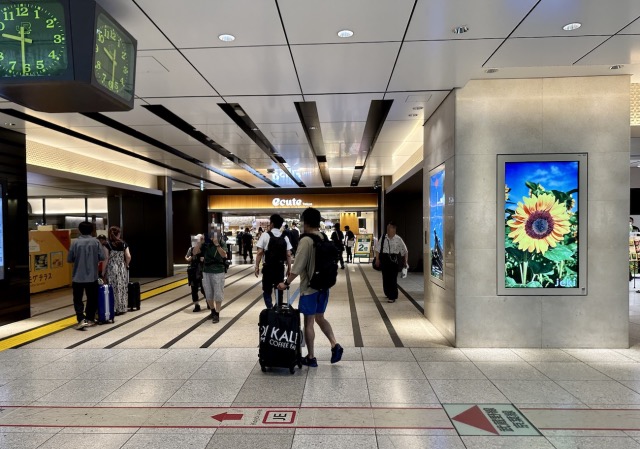
Masanuki was told to look for the “ごまたまご” (“Goma Tamago” or “Sesame Egg”) sign on one of the pillars here in front of the South Transfer area but he wasn’t able to see it immediately.
▼ No Goma Tamago or crab fossil here…
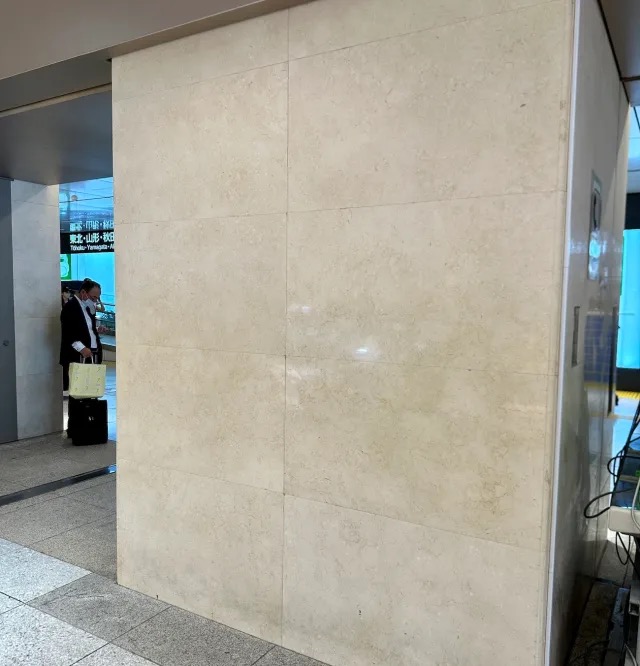
▼ There was a Chocolat Hiyoko chick on this pillar, but no crab here…
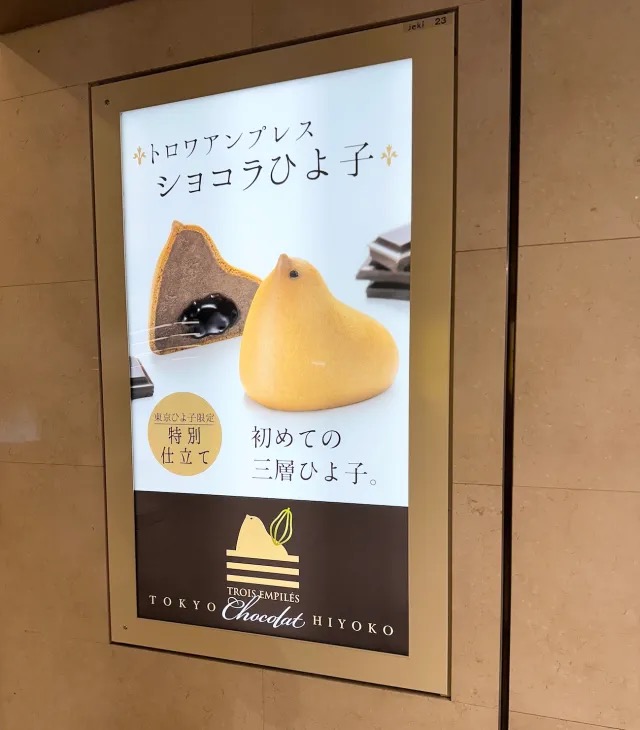
▼ Baum Kuchen Nenrinya? Nope…
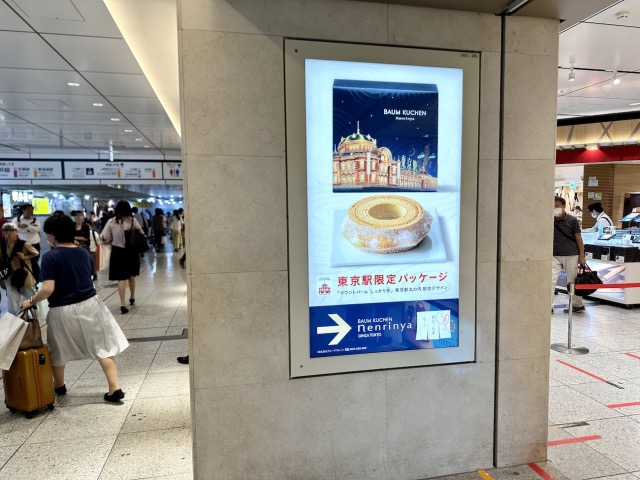
▼ Turning around, he finally spotted it — Goma Tamago, the famous sweet souvenir from Tokyo!
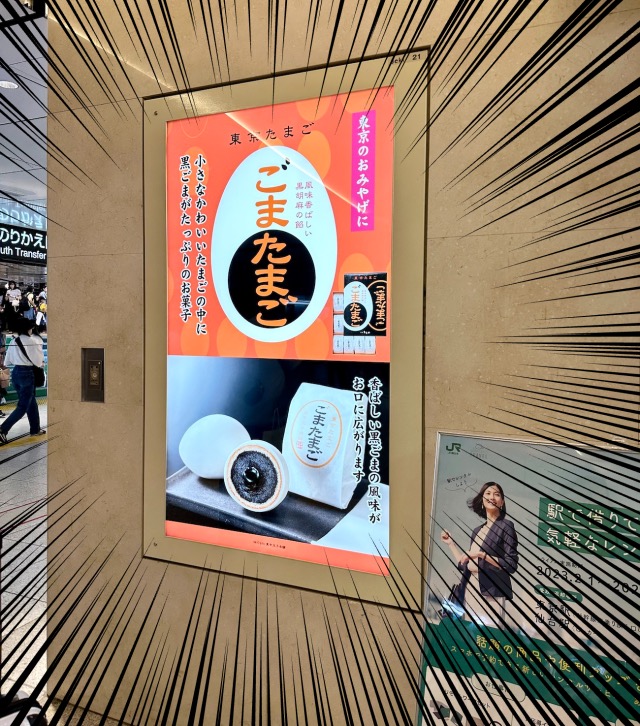
▼ Now all he had to do was look carefully on the wall to the left of this sign…
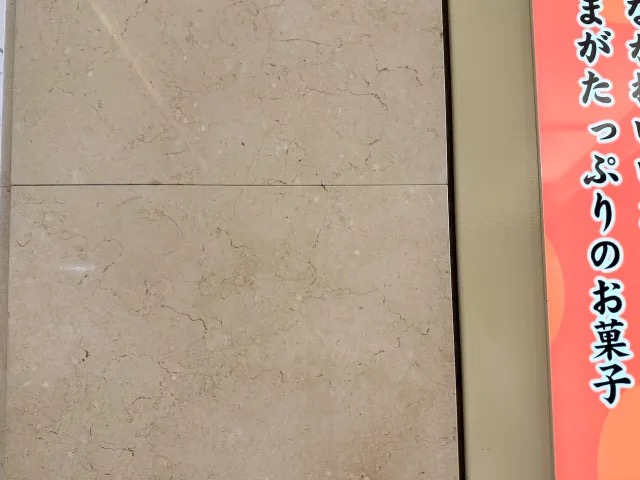
▼ Huh? Where is it?
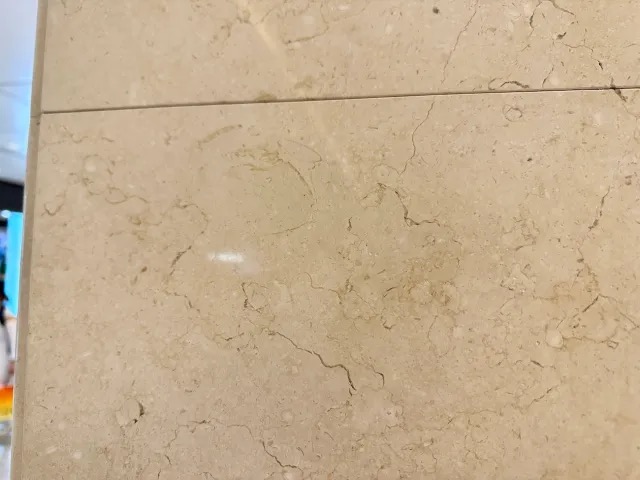
▼ OMG it’s right there!
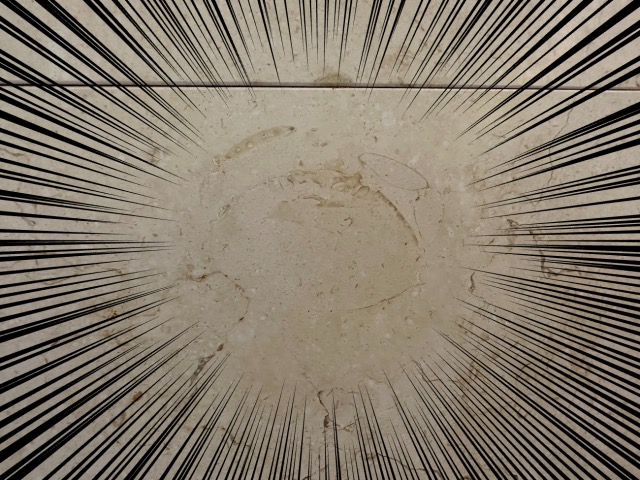
It was hard to make out, and even harder to photograph, but once you look closely, you can see it’s definitely a crab — the outline and raised claws are undeniable. Apparently, a man with an interest in fossils first spotted the crab while waiting in the area for his wife around two years ago, and since then it’s been confirmed as an extinct ancestor of the crab by a fossil museum curator.
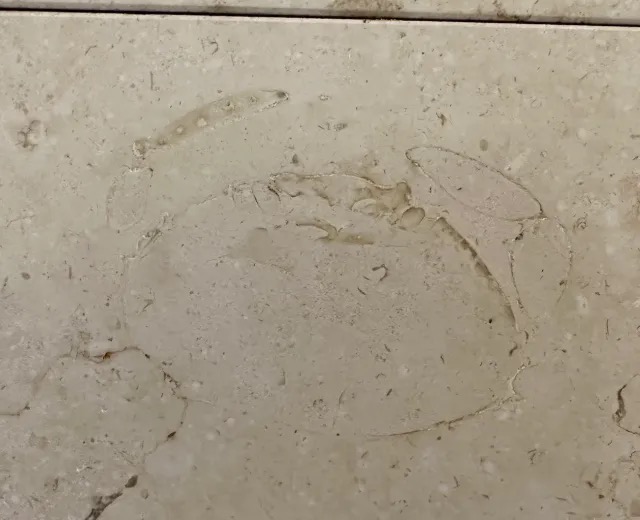
It’s not the only fossil to be discovered in a stone wall in Tokyo, as other specimens have been found at places such as the Mitsukoshi department store in Nihonbashi, the Odakyu department store in Shinjuku and the Tobu Department Store in Ikebukuro.
▼ This is the first discovery of a crab-shaped fossil, though, which makes it particularly exciting.
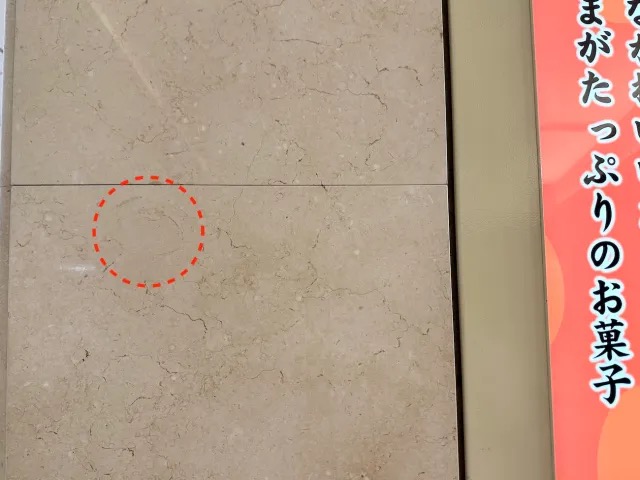
If you need more help finding the location, it’s here on one of these pillars between Ecute and the South Transfer area. Fortunately, the pillars that were once hidden when this Street View was taken are now visible to the public so you’ll be able to find it.
Who knew there was such an exciting discovery hidden on a random wall at Tokyo Station? We certainly didn’t, and lots of people still aren’t aware of its existence. So next time you’re in the area, be sure to check it out — it’s just one of many hidden gems hiding in plain sight at the station…for those who know how to find them.
Photos ©SoraNews24
● Want to hear about SoraNews24’s latest articles as soon as they’re published? Follow us on Facebook and Twitter!
Credit:

0 comments:
Post a Comment